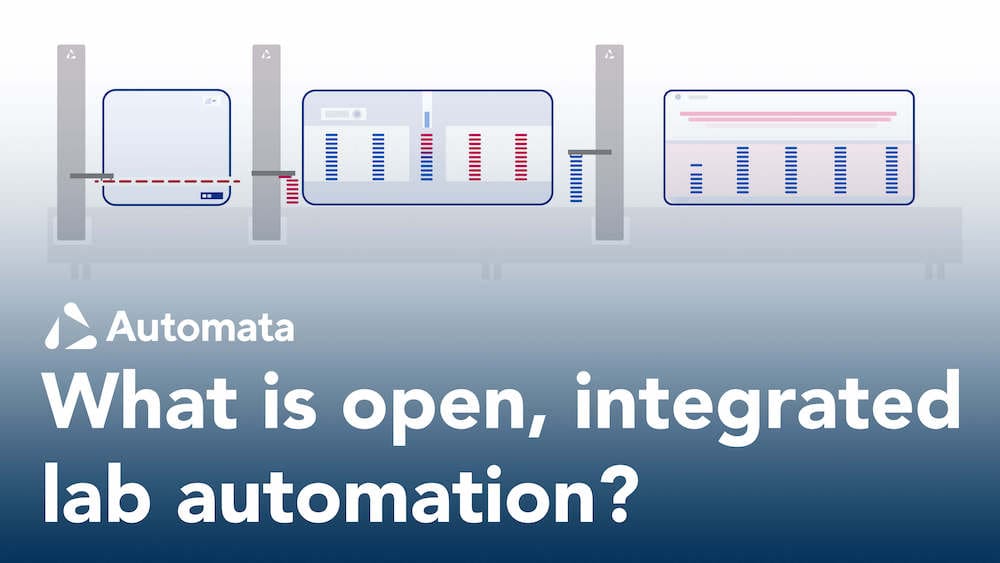Team Automata will be returning to SLAS Europe 2023, hot off the back of the amazing SLAS San Diego launch of LINQ, our brand-new lab automation platform.
Comprised of our fully automated lab bench and lab orchestration software, LINQ fits into your existing space, can use your existing instruments, and has a fast set-up time – allowing you to unlock your lab’s potential with minimal disruption.
Join us at booth 301 to discuss the many workflows LINQ can be adapted for and to see our example demonstration of how LINQ can improve quality control in a genomics workflow.
Plus
- View the revolutionary transport layer that took SLAS San Diego by storm
- Speak directly to the engineers and scientists behind LINQ
- Catch our spotlight presentation on Wednesday 24 at 2:45 pm to hear why open integrated automation is the future of lab automation
Book a demo and chat, or stop by booth 301 to see LINQ in action.
LINQ: unlock your lab’s space, unlock your people, unlock your potential.
Open, integrated automation for genomics
We’ll be showcasing how LINQ can automate your workflows at SLAS Europe. Here’s what true open, integrated automation could mean for genomics.


